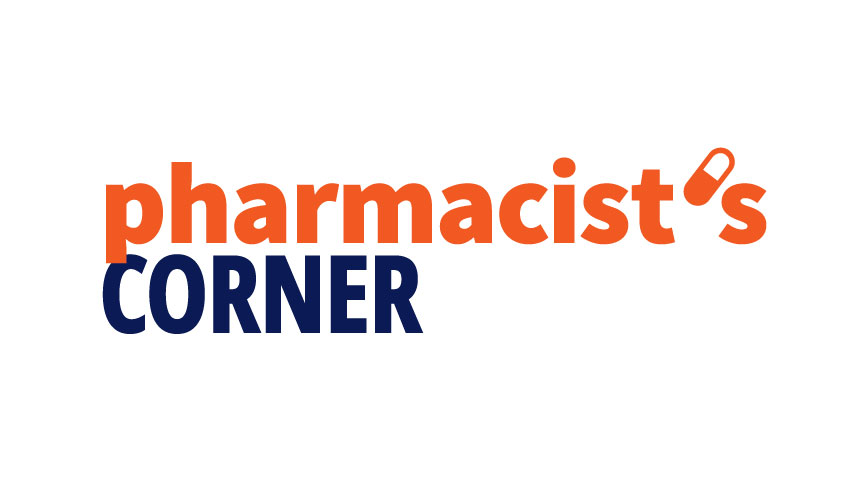Monoclonal antibodies (mAbs) were first created in 1975 in mice. The first licensed mAb was approved in 1986 for use in humans to prevent kidney transplant rejection. This class of medications has improved in recent years to provide a more specific targeted immune response to treat several disease states. In veterinary medicine, mAbs are commonly used for allergic dermatitis, osteoarthritis pain, cancer, and infections. In humans, their use has expanded to migraines, hypercholesterolemia, and nervous system disorders. The abundant use in human medicine reflects its 30-year head start over veterinary medicine.
The first veterinary mAb was lokivetmab (Cytopoint), approved in 2016 to treat allergic dermatitis and atopic dermatitis in canines. In 2022, frunevetmab (Solensia) was approved to control pain in felines with osteoarthritis. In 2023, bedinvetmab (Librela) was approved to control osteoarthritis in canines and CPMA-Canine Parvovirus Monoclonal Antibody for the treatment of parvovirus in canines. Most recently, gilvetmab is conditionally approved for treatment of mast cell tumors and melanomas in canines.
Monoclonal antibodies are lab created, custom designed antibodies that specifically target an immune response necessary to improve the disease state. These antibodies are cloned from one antibody and bind to one antigen, hence the name “monoclonal antibodies.” These targets are variable based on the disease and the purpose of the medication. Some flag cells for immune-mediated cell destruction, some block the action of specific proteins to reduce the immune response, and some are even able to deliver medications/radiation directly to cancer cells.
There are three types of mAbs—naked, conjugated, and bispecific—based on their mechanism of action. Naked mAbs work alone, nothing attached. These are the most common types. Conjugated mAbs act as a delivery mechanism and are attached to a drug, chemotherapy, or radioactive particle. Bispecific mAbs are designed to bind to multiple targets eliciting a response, usually a cancer cell and an immune cell. Almost all mAbs are administered parenterally due to degradation and limited absorption when given orally.
The benefits of mAbs are endless as they can be used for any disease state where the immune system is involved. They are specific, flexible, effective, and generally well tolerated. Concerns related to mAbs include cost and potential adverse effects. Side effects are highly dependent on the animal treated and are generally mild since the specificity of mAbs minimizes the risk of off-target effects.
Due to their precision, effectiveness, and versatility, mAbs hold limitless potential for therapeutic applications.
References:
- https://pmc.ncbi.nlm.nih.gov/articles/PMC4284445/#:~:text=Monoclonal%20antibodies%20are%20monovalent%20antibodies,any%20other%20immunoglobulin%2Dproducing%20cells.
- https://my.clevelandclinic.org/health/treatments/22246-monoclonal-antibodies
- https://news.sanfordhealth.org/cancer/mabs/
- https://www.avma.org/news/monoclonal-antibodies-show-promise-new-therapy-veterinary-patients
- https://pmc.ncbi.nlm.nih.gov/articles/PMC11852019
By Erin White, PharmD




